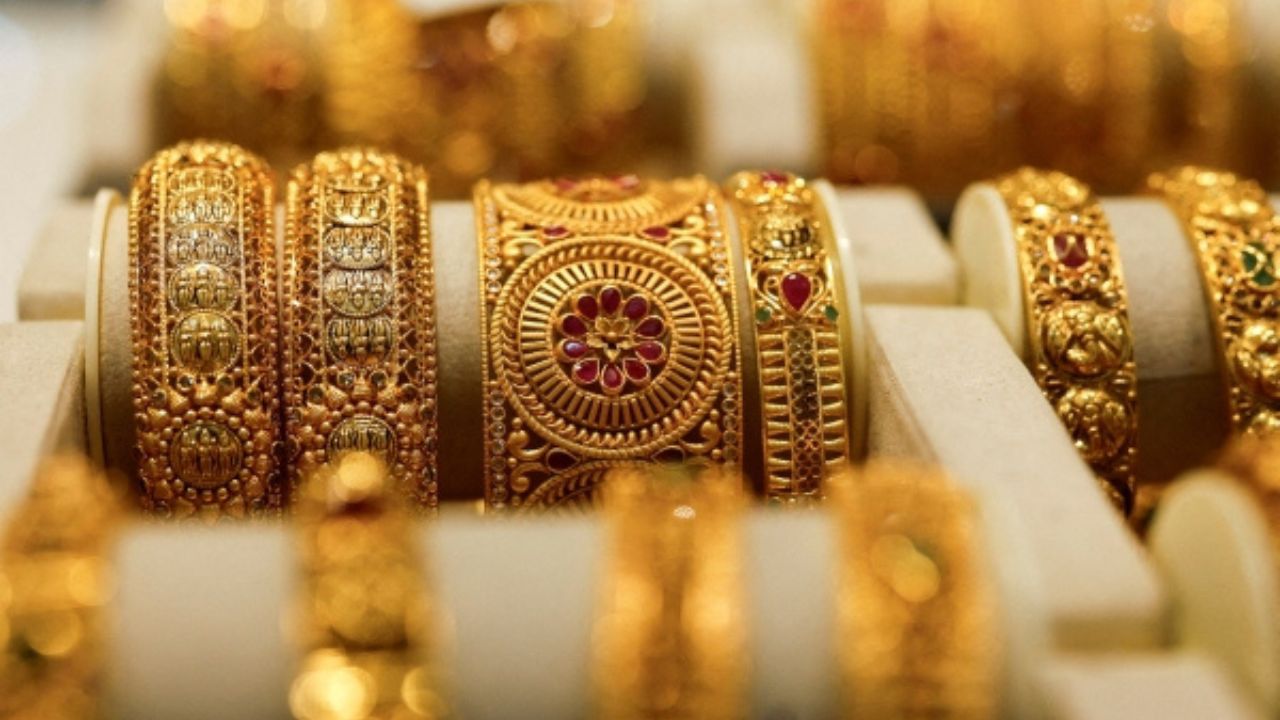In recent weeks, the gold and silver markets have experienced significant fluctuations, with prices witnessing a notable decline. As of the latest reports, the rate for 22-carat gold has dropped to Rs 97,000, raising questions among investors and consumers alike. This article delves into the factors contributing to this decline, the implications for the market, and what this means for potential buyers and investors.
Understanding the Current Market Trends
The precious metals market is often influenced by a myriad of factors, including global economic conditions, inflation rates, currency fluctuations, and geopolitical tensions. Recently, a combination of these elements has led to a sharp decrease in gold and silver prices.
Economic Factors at Play
Interest Rates: Central banks around the world, particularly the U.S. Federal Reserve, have been adjusting interest rates in response to inflation. Higher interest rates typically lead to a stronger dollar, which inversely affects gold prices. As the dollar strengthens, gold becomes more expensive for holders of other currencies, leading to decreased demand.
Inflation Concerns: While inflation has been a significant concern, recent data suggests that inflation rates may be stabilizing. This perception can reduce the appeal of gold as a hedge against inflation, prompting investors to shift their focus to other assets.
Global Economic Recovery: As economies recover from the impacts of the pandemic, there is a growing confidence in equities and other investment vehicles. This shift can lead to a decrease in demand for gold, traditionally viewed as a safe-haven asset.
The Impact on Silver Prices
Silver, often seen as a companion to gold in the investment world, has also experienced a decline. The price drop in silver can be attributed to similar factors affecting gold, including industrial demand fluctuations and changes in investor sentiment. As industries ramp up production post-pandemic, the demand for silver may stabilize, but the current market conditions have led to a temporary dip.
Current Pricing Overview
As of the latest updates, the price of 22-carat gold stands at Rs 97,000, while the rates for 24-carat gold and silver have also seen significant reductions. This pricing shift presents both challenges and opportunities for consumers and investors.
Implications for Consumers and Investors
For Consumers
The drop in gold prices can be seen as a silver lining for consumers looking to purchase gold jewelry or invest in gold coins. Lower prices mean that consumers can acquire more gold for their money, making it an opportune time for purchases, especially with upcoming festivals and wedding seasons in many cultures.
For Investors
Investors need to approach the current market with caution. While lower prices may seem attractive, it’s essential to consider the broader economic landscape. Investors should assess their portfolios and consider diversifying their investments to mitigate risks associated with market volatility.
Future Outlook
Predicting the future of gold and silver prices is inherently challenging. Analysts suggest that while the current decline may continue in the short term, various factors could lead to a rebound. Geopolitical tensions, changes in monetary policy, and shifts in consumer demand will all play crucial roles in shaping the market.
Conclusion
The recent fall in gold and silver prices, with 22-carat gold now at Rs 97,000, presents a complex scenario for both consumers and investors. While the decline may offer buying opportunities, it is essential to remain informed and cautious in navigating the precious metals market. As the economic landscape evolves, staying updated on market trends will be crucial for making informed decisions in this dynamic environment.




